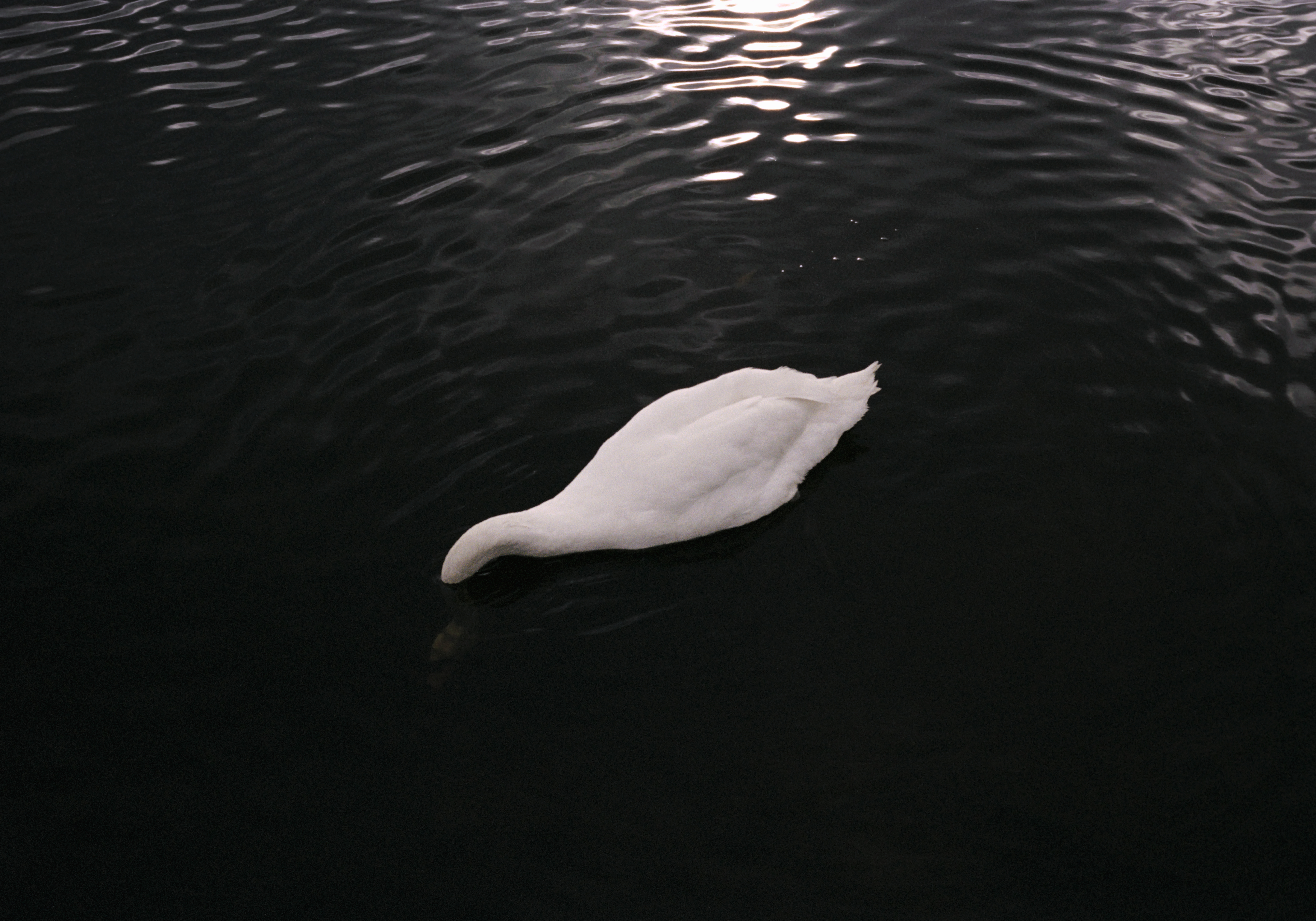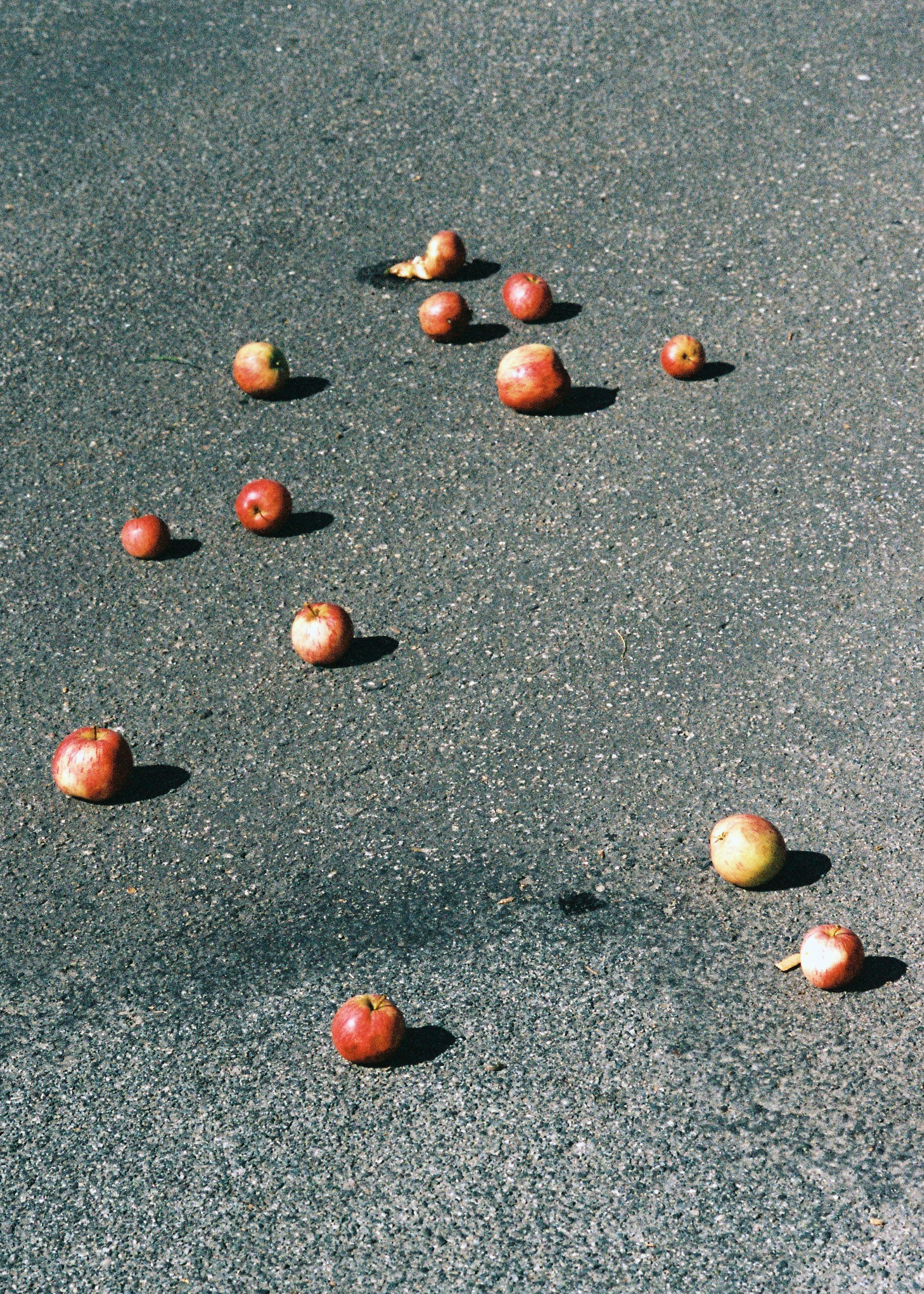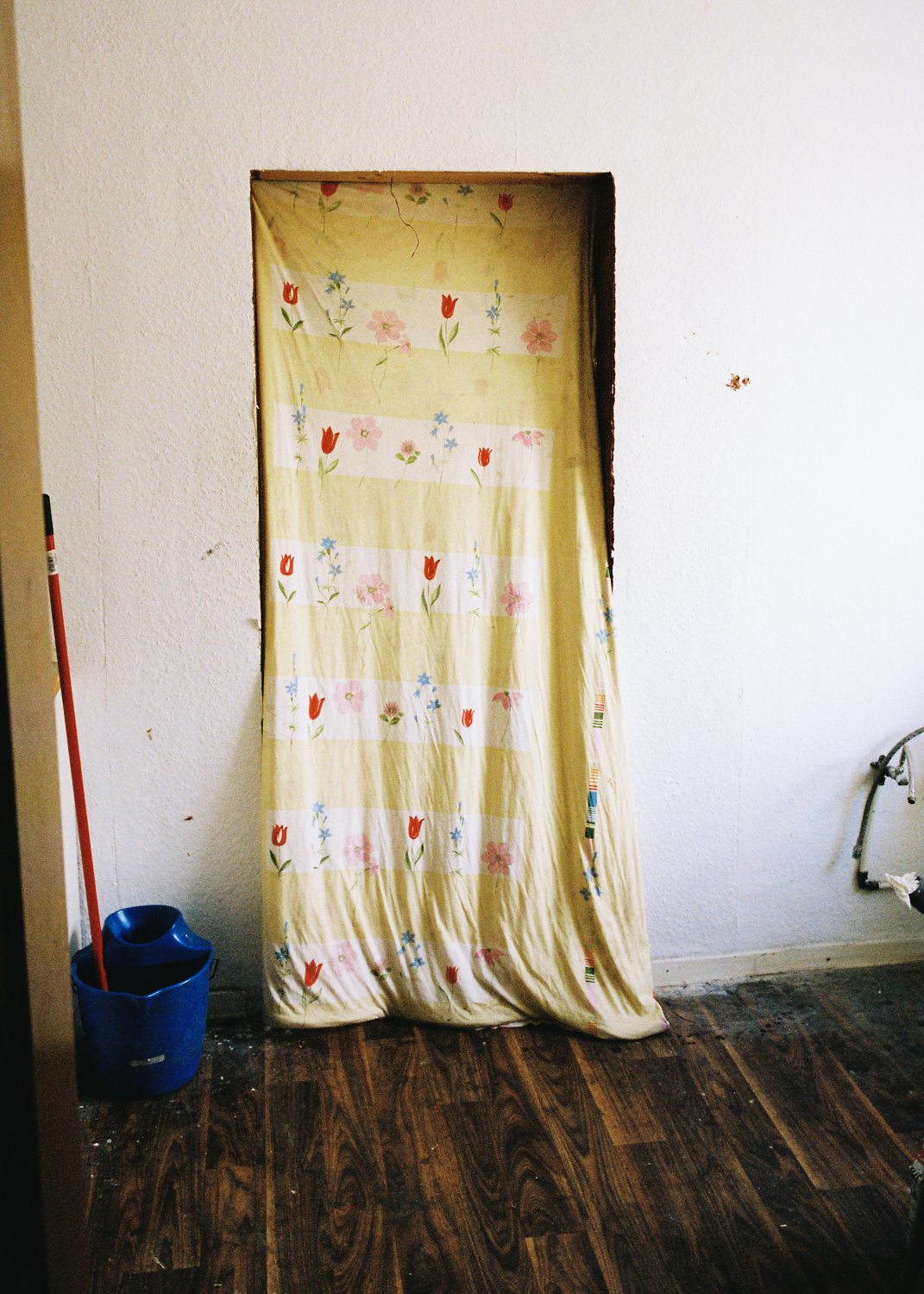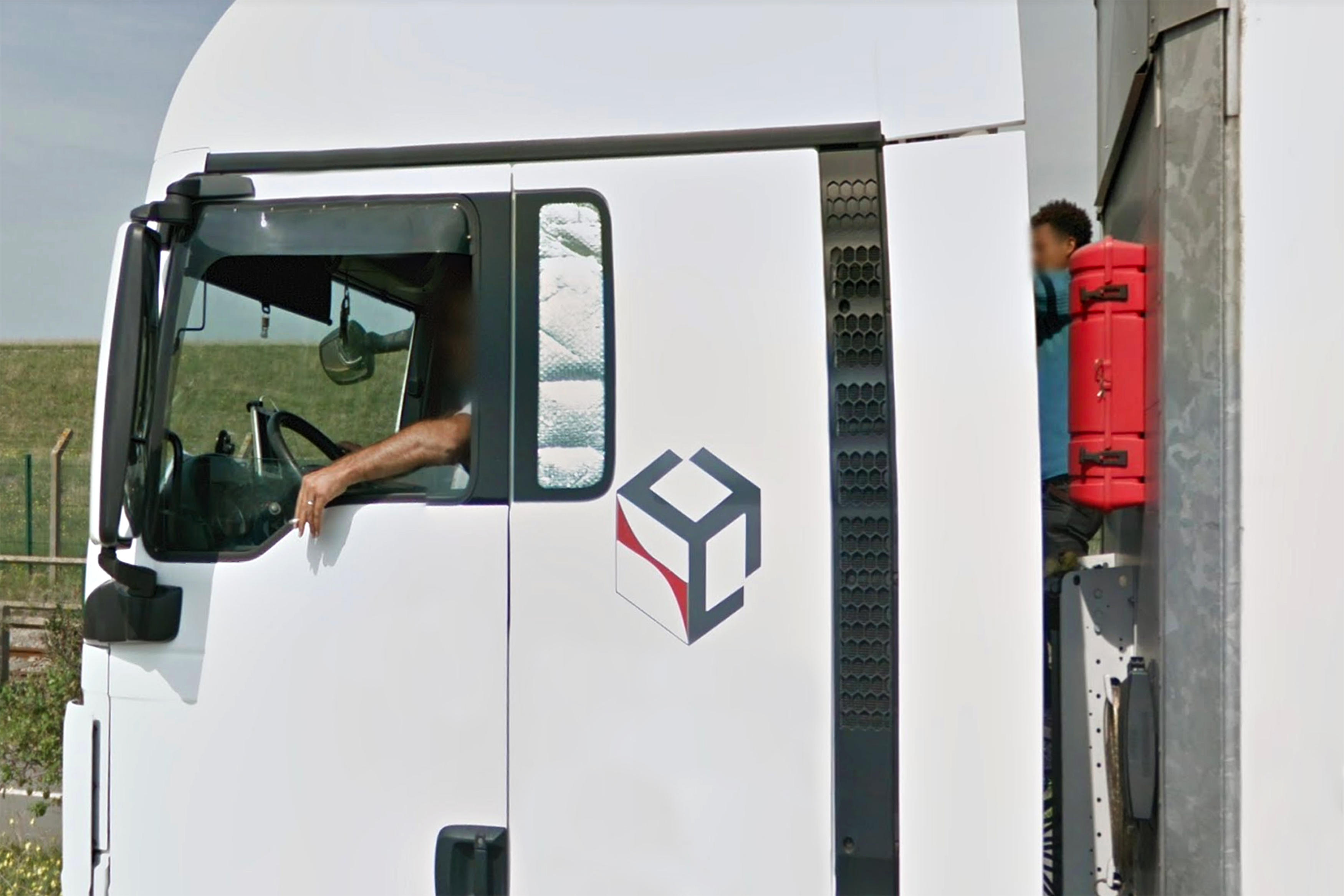A river without bridges
Between 30 April and 2 May 1945, at the end of World War II, at least 1,200 people took their own lives in the town of Demmin—most of them by drowning in the waters of the three rivers surrounding the town—in what became the largest mass suicide in German history. In the final days of the war, the Nazi army destroyed all the bridges connecting Demmin to the outside world, leaving its inhabitants completely isolated, surrounded by water, and unable to flee the advance of the Red Army.
The institutional silence imposed during the era of the German Democratic Republic (GDR) prevented any form of meaningful reparation and forced many families into decades of silence. A painful secret was shared only within small circles and took far too long to be publicly acknowledged. Today, although most of those who lived through the tragedy have passed away, they have left behind traces of their wounds for future generations to carry.
Through a series of images that combine landscape, architecture, and portraiture, A River Without Bridges offers a visual journey centered on the construction of both individual and collective identity in a place marked by stigma and silence. This work focuses on the perspective of local young people, aiming to explore how subjectivity is shaped within a context burdened by a traumatic legacy.
The institutional silence imposed during the era of the German Democratic Republic (GDR) prevented any form of meaningful reparation and forced many families into decades of silence. A painful secret was shared only within small circles and took far too long to be publicly acknowledged. Today, although most of those who lived through the tragedy have passed away, they have left behind traces of their wounds for future generations to carry.
Through a series of images that combine landscape, architecture, and portraiture, A River Without Bridges offers a visual journey centered on the construction of both individual and collective identity in a place marked by stigma and silence. This work focuses on the perspective of local young people, aiming to explore how subjectivity is shaped within a context burdened by a traumatic legacy.

















How to build a Fence
Project made with Google Street View screenshots that, fleeing from the so-called decisive moment and impact photography, focuses on the subtle aspects of life around the refugee camp known as "The Jungle" in Calais. Gestures that are normally left out of the spotlight of any news story, routine actions constructed on the basis of the cartographic route itself that reinforce the sense of control and describe the less-appealing face of a reality told too many times from the same point of view.
Project made with Google Street View screenshots that, fleeing from the so-called decisive moment and impact photography, focuses on the subtle aspects of life around the refugee camp known as "The Jungle" in Calais. Gestures that are normally left out of the spotlight of any news story, routine actions constructed on the basis of the cartographic route itself that reinforce the sense of control and describe the less-appealing face of a reality told too many times from the same point of view.









